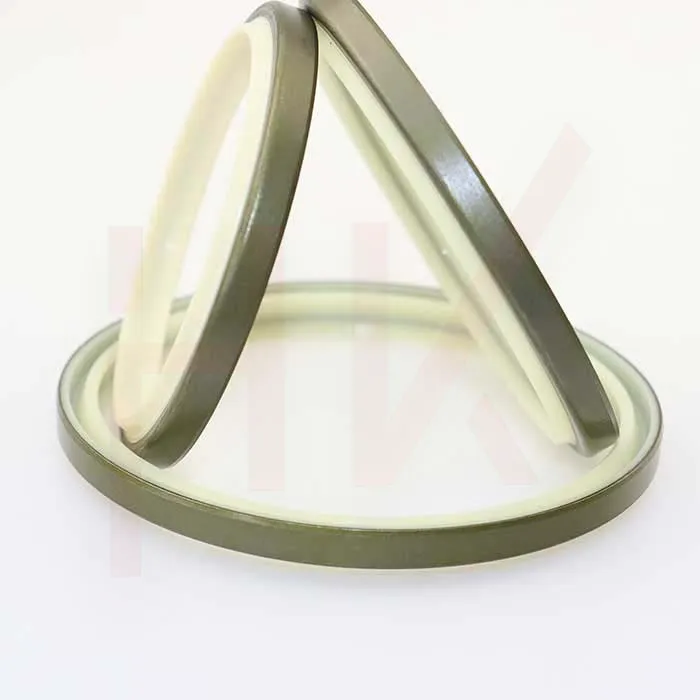Oct . 18, 2024 19:46 Back to list
Hydraulic Seal Change Process and Best Practices for Maintenance Efficiency
Hydraulic Seal Replacement A Comprehensive Guide
Hydraulic systems are integral to numerous applications, including construction equipment, manufacturing machinery, and automotive systems. One of the most critical components of these systems is the hydraulic seal, which prevents fluid leakage and ensures efficient operation. Over time, hydraulic seals can wear out due to pressure, temperature fluctuations, and contamination. Therefore, knowing when and how to replace hydraulic seals is essential for maintaining the reliability and performance of your equipment.
Signs of Worn Hydraulic Seals
Before diving into the replacement process, it’s crucial to recognize the signs that indicate a seal needs replacing. Common symptoms include visible leaks around the seal area, decreased system pressure, and abnormal noises during operation. If you notice any of these issues, it’s advisable to inspect your hydraulic seals promptly to avoid further damage to the system.
Tools and Materials Required
To replace hydraulic seals effectively, you will need a few essential tools and materials
1. Replacement Seals Ensure you have the correct size and type of seal for your hydraulic system. 2. Seal Removal Tool This can be a simple hook or a specialized tool to help remove old seals without damaging the housing. 3. Clean Cloths To wipe down surfaces and prevent contamination. 4. Lubricant A compatible hydraulic fluid or sealant to facilitate easier installation. 5. Safety Gear Gloves and goggles to protect yourself during the replacement process.
Step-by-Step Replacement Process
hydraulic seal replacement

1. Prepare the Workspace Ensure that the area is clean and clear of debris. Safety is paramount, so wear the appropriate protective gear.
2. Depressurize the System Before you begin, it’s essential to relieve all hydraulic pressure to avoid accidents.
3. Remove Old Seals Utilize the seal removal tool to carefully extract the worn seals. Be cautious not to scratch or damage the housing during this process.
4. Clean the Area Once the old seals are removed, thoroughly clean the sealing surfaces using a clean cloth to remove any debris or old sealant.
5. Install New Seals Lightly lubricate the new seals with hydraulic fluid, which helps ease the installation. Position the seals carefully into the groove, ensuring they sit evenly and are properly aligned.
6. Reassemble and Test Reassemble any components you may have removed to access the seals. Once everything is back in place, gradually restore hydraulic pressure and check for leaks during operation.
Conclusion
Regular maintenance, including timely hydraulic seal replacement, is vital for the smooth operation of hydraulic systems. By being attentive to the signs of seal wear and following the proper replacement procedures, you can enhance the longevity and efficiency of your equipment. Remember, a well-maintained hydraulic system not only prevents costly repairs but also contributes to safer operational practices.
-
TCN Oil Seal Metal Ring Reinforcement for Heavy Machinery
NewsJul.25,2025
-
Rotary Lip Seal Spring-Loaded Design for High-Speed Applications
NewsJul.25,2025
-
Hydraulic Cylinder Seals Polyurethane Material for High-Impact Jobs
NewsJul.25,2025
-
High Pressure Oil Seal Polyurethane Coating Wear Resistance
NewsJul.25,2025
-
Dust Proof Seal Double Lip Design for Construction Equipment
NewsJul.25,2025
-
Hub Seal Polyurethane Wear Resistance in Agricultural Vehicles
NewsJul.25,2025
-
The Trans-formative Journey of Wheel Hub Oil Seals
NewsJun.06,2025
Products categories
















